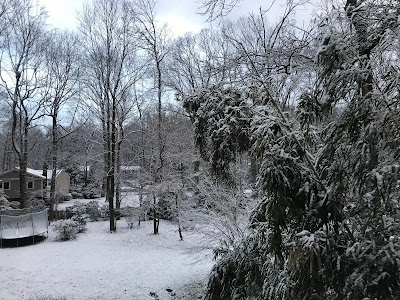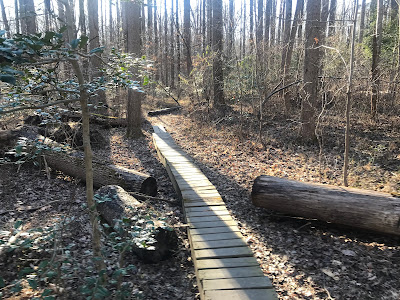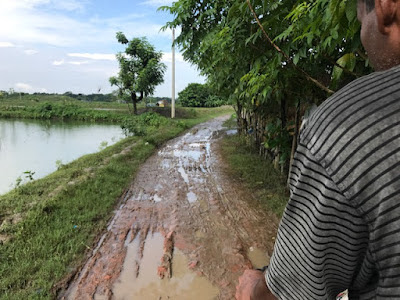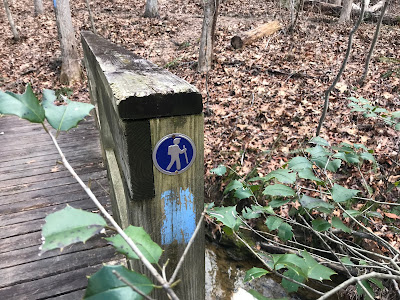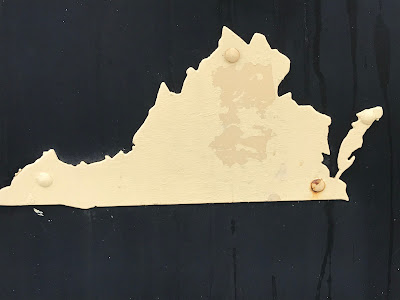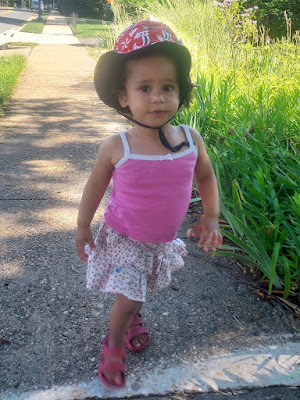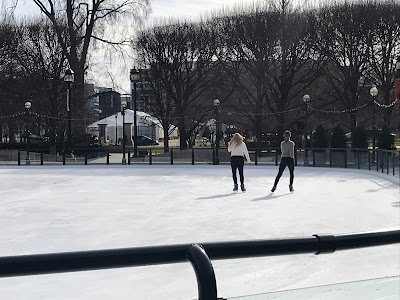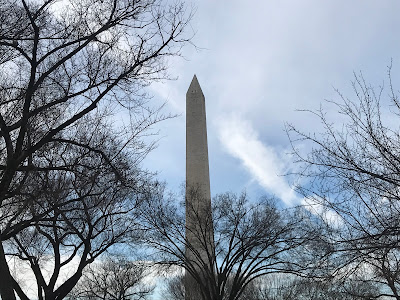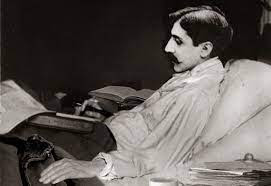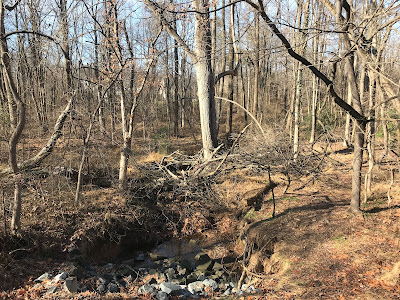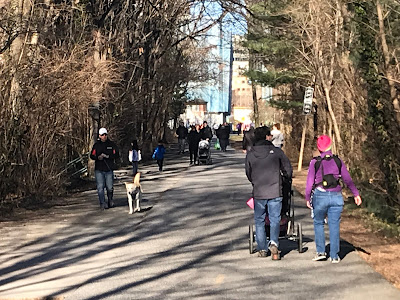Snow Sparkles
Puxatawney Phil has seen his shadow, predicting six more weeks of winter. Though the two-inch daffodil shoots and the flowering hellebores may disagree with that assessment, the low temps and blustery winds make it easy to believe.
As I look out my office window this gray morning I see pockets of snow still left from yesterday’s dusting, including a thick rind of the frozen stuff curled around the trampoline. It drew my eye before the sun came up, its whiteness gleaming in the dusk.
I’m glad I took an early walk yesterday, while snow still clung to every branch and twig. As I strolled, the wind blew clumps of flakes off the boughs. The clumps exploded in a fine dust that sparkled in the air.
(Yesterday, before the melting.)
